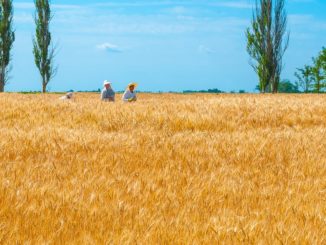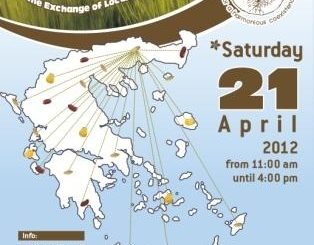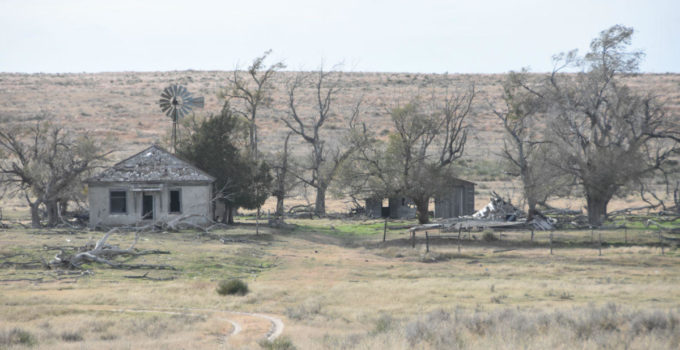
A few days ago, BBC Radio 4 programme “Farming Today” featured an interview with Kees Huizinga, a Dutch farmer who came to the Ukraine some 20 years ago and now operates a 15,000 hectare farm right in the centre of a country that is known as “the breadbasket of Europe”. When farmers there first began to cultivate the vast steppe grasslands, they found that the thick layers of dark, rich, fertile soil were ideal for growing wheat. The Ukraine became famous for ‘Turkey Red Wheat’, a variety with good milling and baking qualities that does well in harsh winters. But Ukrainian farmers not only grew the grain that fed so many in Europe, the seeds became the life insurance of those who had to flee the Russian empire. And that’s how Turkey Red Wheat came to the US where it is still grown today.
St. Francis is a small town in the north-western corner of Kansas. It was founded in 1887 and according to the last census it has a population of 1,421. One of the town’s citizens is Tim Raile who farms 8,500 acres just west of St. Francis. Raile’s family is of German-Russian descent and their story began in the Ukraine and with Turkey Red Wheat.
In the second half of the 19th century, many people from the region around Odessa (on the Black Sea) emigrated to America. A century earlier, their ancestors had left Germany and settled in Russia following an invitation by Catherine the Great, who had promised them freedom of religion, exemption from military service, and permission to keep their language. A hundred years later, the political situation had changed, and the German-Russian community was about to lose its privileges. It was the pending threat of conscription that had more than 100,000 German-Russians emigrate to America. Most were farmers, and they brought to the New World what had been the foundation of their livelihood in the old one: Red Winter Wheat.
Tim Raile’s great-great grandfather arrived in New York in 1885. Ellis Island had not yet been built so he and his family immigrated through Castle Garden on the southern tip of Manhattan. It was the time of railroad expansion across the US, and railroad companies were wooing newly arrived immigrants. Posters and leaflets in ports on both sides of the Atlantic promoted settlement in the Midwest and on the High Plains: there was lots of land available and ready for the taking. The Homestead Act of 1862 made it possible for pretty much anyone to claim land that had been taken from native Americans, usually 160 acres, settle there to farm, and file for a deed after five years.
Gottlieb Raile Sr. was two years old when the family went from Castle Garden to Sutton, Nebraska. The Railes spent their first winter in a dug-out. There were neither stones nor trees that could be felled, anyone too poor to afford the supplies that came on the goods trains had no option but to dig a hole in the ground and use grass sods to build walls and a roof. It’s easy to imagine how desperate those first months must have been for immigrants like the Railes. The following year, the railroad tracks reached Cheyenne County in Kansas, and in 1887, the town of St. Francis was founded. And that’s where the Raile family decided to stay. Tim Raile’s grandfather had ten children, eight girls and two boys. He tried to acquire enough land to provide the means of a livelihood for each of them and founded the farm Tim and his son Michael operate today.
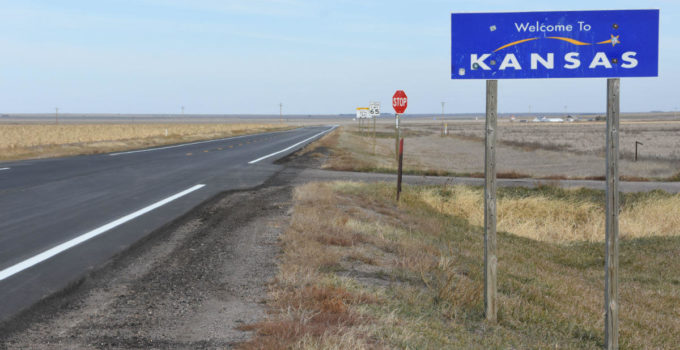
From the farm it’s just a few miles to the border of Colorado. In the late 19th century St. Francis was a remote western outpost. The settlers who ventured even further West found a vast expanse of mostly prairie land that stretched as far as the Rocky Mountains. Ranchers kept cattle which cowboys would deliver to the nearest railhead during annual cattle drives. From loading stations like Dodge City in Kansas, the animals were transported by rail to the slaughterhouses in Chicago. Life on the High Plains was difficult, for the ranchers as much as for the cattle. Drought, blizzards and snow storms, grass fires, hail, torrential rain, and tornadoes – life on the prairie meant dealing with it all. “The weather might display seven different moods in a year, and six of them were life-threatening”, writes Timothy Egan in “The Worst Hard Times” [Mariner Books, 2006, page 22]. Initially, apart from subsistence farming, no one thought about growing crops on the High Plains. But then world politics and the intervention of the US government overnight started a wheat boom that can only be compared to the California Gold Rush. In 1910, a bushel of wheat still sold at eight US cents. “Five years later, with world grain supplies pinched by the Great War, the price had more than doubled. Farmers increased production by 50 percent. When the Turkish navy blocked the Dardanelles, they unexpectedly did the dryland wheat farmers a favor that no one could have imagined. Europe had relied on Russia for export grain export. With Russian shipments blocked, the United States stepped in and issued a proclamation to the plains: plant more wheat to win the war. And for the first time, the government guaranteed the price, at two dollars a bushel, through the war (…). Wheat was no longer a staple of a small family farmer but a commodity with a price guarantee and a global market”. Farmers heard the message and started planting wheat: about 45 million acres in 1917 and more than 75 million acres two years later. To ramp up wheat production to such a scale, additional cropland was needed. It wasn’t only the immigrants who had settled in the southern part of the High Plains that bought or rented land and invested in plows and harvesters. There were also the ‘suitcase farmers’ who had no intention of ever settling there. They wanted only to rent out a tractor and a piece of ground for a few days, drop some winter wheat into the fresh-turned fold, and come back next summer for the payoff’, writes Egan. He tells the story of one such ‘suitcase farmer’ who came to southeast Kansas in 1921 to plow 32,000 acres, only to farm twice as much four years later. Banks set a vicious circle in motion by advertising cheap loans and repayment terms for the acquisition of machines: to service their debts, farmers needed to grow more. They bought or rented additional land, most of it still covered by prairie grasses. In order to work it, they needed more and bigger machines. Egan reckons that between 1925 and 1930, around 5.2 million acres of prairie were plowed up; that’s in addition to the nearly 20 million acres of grassland farmers had converted into cropland earlier.
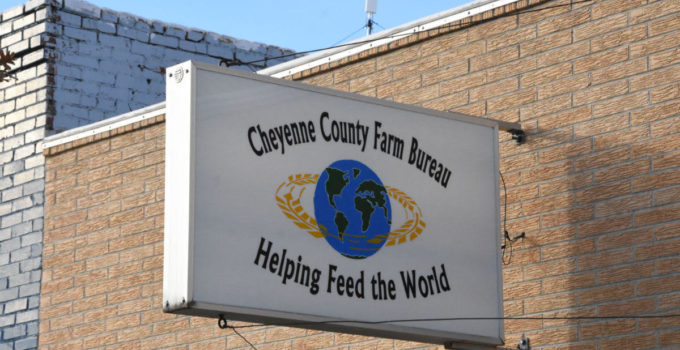
In 1929, Russia resumed exporting wheat again, which meant that there was suddenly a surplus in Europe, while in the US unsellable wheat started to fill up grain bins until there was no storage space left. There was no option but to pile up the wheat out in the open. The collapse of the grain market coincided with the 1929 Wall Street stock market crash. With the beginning of the wheat boom, many farmers had become investors, not in stocks traded in Wall Street, but in commodities. With the prospect of record yields that might be sold at record prices, they had become used to taking out huge loans – what better way to make up for this year’s losses than expand next year? But in 1930, the world economic crisis led to mass unemployment, not just in Europe, but in America, too. Many people were so poor that they couldn’t afford food, let alone buy any kind of consumer goods. 1930 was also the year in which farmers harvested a record amount of wheat, which led to a huge surplus, and despite prices tumbling, much of the wheat could not be sold at all.
By the fall of 1930, the ‘suitcase farmers’ had disappeared, says Egan. “They had no sooner plowed up several million acres than they walked away, leaving the land stripped, not even planted in wheat. Just naked, exposed to the wind”. In 1932, almost a third of all farms on the High Plains were so far in arrears with bank payments and taxes that foreclosure seemed imminent. More and more families just packed up and left in search of work. What remained were empty farmsteads and bare fields – in a region where there’s almost always a strong wind blowing. At a windspeed of 30mph (50kmh), bare soil starts to move, and once the wind reaches a strength of 35 to 50mph (60 to 80kmh), dust storms begin to develop. With the High Plains counting as one of the cold, semi-arid regions of the world, water is scarce. The 1930s turned out to be a decade with below-average rainfall and above-average temperatures, two factors that boosted soil erosion. During the winter of 1932, dust storms started to occur regularly. What looked like the dark clouds of a thunderstorm on the horizon were dust clouds which blew across the land with the force of a blizzard. Old black and white photos taken during the 1930s show houses half buried under dunes of sand, fences where only the top of the fence posts are still visible, cars and machines stuck in dust like in a snow drift. But it’s the eyewitness accounts that really convey what human beings and animals went through while the dust storms were raging. Those experiences, in particular what agricultural communities had to endure, still have an impact on farmers today.
By a fluke of geography, the area around St. Francis was spared, says Tim Raile, Cheyenne County has its very own micro-climate which he thinks might be due to the elevation, the farm lies at 4,000ft. Some of the Dust Bowl years even turned out to be wetter than average. Today, it’s climate change that dictates farm practices. The Railes converted the farm to organic and work with a diverse crop rotation. And they now not only grows Turkey Red Wheat but also Durum winter wheat. Until recently, a lot of Durum spring wheat was grown in the Dakotas. But as the climate is changing, the number of very hot days in summer is increasing, and that has taken its toll on the wheat production there. But Durum wheat is for pasta, bread in the US will continue to be made with flour from Turkey Red, the grain that came in the pockets of immigrants from Ukraine.
And in Ukraine itself, what will happen in agriculture this spring? “The best-case scenario is yields will be lower. The worst-case is nothing gets planted,” the Dutch farmer, Kees Huizinga told Bloomberg in early March. In western Europe and the US, wheat is unlikely to be in short supply. Ukraine’s grain exports mostly went to countries in the Middle East and as during the economic crisis in 2008, people there will be hard hit by shortages and food price increases.
This article was originally published on Slow Food UK.
For more on the Dust Bowl, the Railes and other US farmers read ‘Regenerative Agriculture: Farming with Benefits. Profitable Farms. Healthy Food. Greener Planet’ by Marianne Landzettel (published by World University Service, ISBN-10: 1838380507, ISBN-13: 978-1838380502).
Das Buch ist auch auf Deutsch erhältlich: Vielleicht haben wir noch 10 Jahre.
More on grain and Ukraine
War in Ukraine and World Food – What options does the international community have?
Germany | Hitch Up the Wagon it’s Time to Transform Agriculture
Things will only get worse: Post-Brexit reality is hitting farmers hard
Catcher in the Rye: Breeding Diversity for Unpredictable Conditions
New Research Shows 50 Year Binge On Chemical Fertilisers Must End To Address The Climate Crisis
How to feed an Island? Japan and the German CAP Strategic Plan



